.
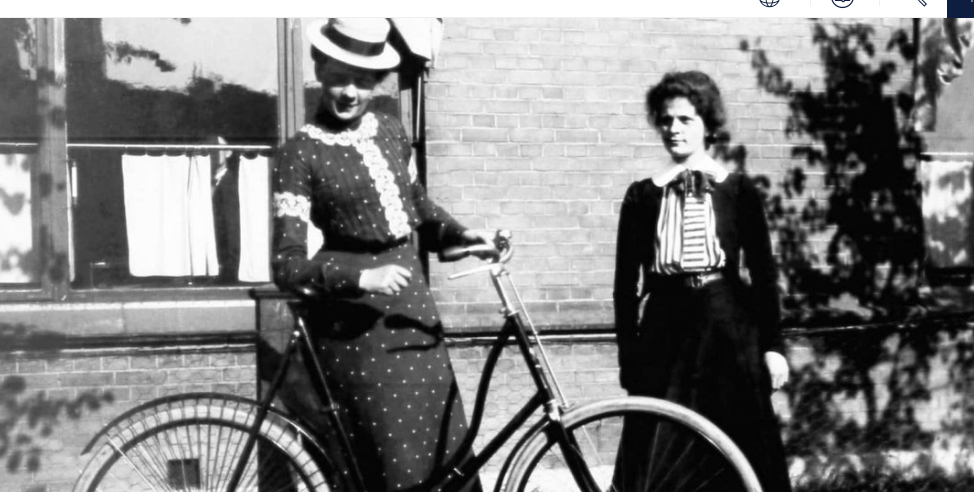
Two things that jump out from a cursory glance at The Continong by the pseudonymous Anar de la Grenouillere, F.O.N.S., of which a file copy of the fourth edition of 1906 was found at Jot HQ the other day, is first the rather forced facetious tone of its advice to travellers to France, and secondly the predominance of references to cyclists.
In 1894, when The Continong first appeared, the motor car had only been around for a handful of years and so presumably the author did not feel it necessary even to acknowledge its existence. But by 1906, when many more manufacturers were producing cars, this rise in traffic is not acknowledged in this ‘revised and updated ‘edition. Touring France for the English speaker was still all about railways or, in Paris, ‘buses and trams ( though not the Metro, although this had been established by 1906) possibly walking, horse-drawn ‘cabs’ but most of all, cycling. Compared to the four pages devoted to railways and three on cabs and cabbies, the author provides fifteen pages of advice for cyclists.
The first few pages of this advice are devoted to what to expect on arriving in France. British cyclists are urged to join the TFC (Touring Club de France) which was founded in 1890. For a mere five shillings a year, benefits include a Handbook, and the exemption of duty on their cycles, and for a few extra francs a Year-book containing a list of over 3,000 approved hotels, at which members enjoy a privileged position as to charges, a Year-book for foreign countries and a book of ‘skeleton tours’ for the whole of France and adjoining countries. Incidentally, a compulsory requirement for cycles being ridden in France and elsewhere on the continent was a name-plate ‘bearing the name and address of the owner (and) attached to the machine’. This seems to have been the equivalent of a car licence plate, which back then became a legal required for motor vehicles in 1903. Again, this suggests that cycles were seen as the predominant form of personal transport, at least in France.
The Continong continues with a selection of these cycling tours, picking out some of the more interesting sights. There is also a warning that ‘ if you are interested in French politics and would like to ascertain, while in Rouen, whether Paris is quite free from anarchists and from their bombastic speeches, you had better go and read the latest telegrams that are put up outside the offices of the Journal de Rouen, in the Rue Saint-Lo. ( my italics) .Anarchism had become rife in parts of northern Europe by this period and in the East End of London was to culminate in the famous ‘ Siege of Sidney Street’ orchestrated by the celebrated Estonian activist ‘ Peter the Painter ‘ in 1910.
Continue reading
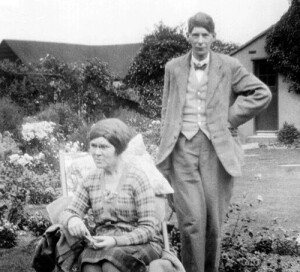 It is in The Last of Spring, one of Rupert Croft-Cooke’s many autobiographical volumes that one finds an account of the author’s experience of renting one of the Cornish bungalows built for writers by the eccentric spiritual medium and author, Mrs A.C. Dawson Scott, in the early 1930s.
It is in The Last of Spring, one of Rupert Croft-Cooke’s many autobiographical volumes that one finds an account of the author’s experience of renting one of the Cornish bungalows built for writers by the eccentric spiritual medium and author, Mrs A.C. Dawson Scott, in the early 1930s. We have seen ( previous Jot) how, in his first book, Bohemia in London, the young Arthur Ransome was happy to confess his bibliophilia. He seemed to love second hand books more than brand new ones, but he hated the practice of selling unwanted books ( whether new or second hand, he doesn’t say) given as gifts ending up on bookseller’s shelves. Certain people feel no guilt about doing this; they assume, wrongly, that they will never be found out, but if the gift is inscribed there is a reasonable chance that the bibliophile who gifted the book will discover it in some bookshop or bookstall eventually.
We have seen ( previous Jot) how, in his first book, Bohemia in London, the young Arthur Ransome was happy to confess his bibliophilia. He seemed to love second hand books more than brand new ones, but he hated the practice of selling unwanted books ( whether new or second hand, he doesn’t say) given as gifts ending up on bookseller’s shelves. Certain people feel no guilt about doing this; they assume, wrongly, that they will never be found out, but if the gift is inscribed there is a reasonable chance that the bibliophile who gifted the book will discover it in some bookshop or bookstall eventually.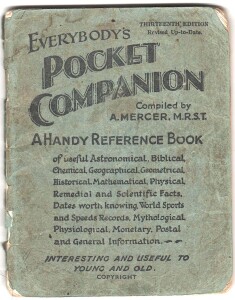
 archive recently, journalist D. B. Wyndham Lewis declared:-
archive recently, journalist D. B. Wyndham Lewis declared:-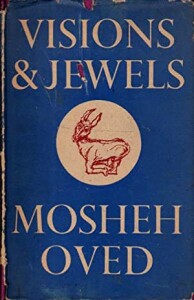
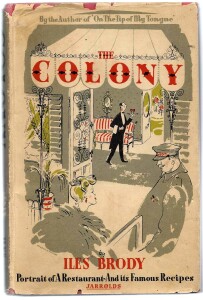
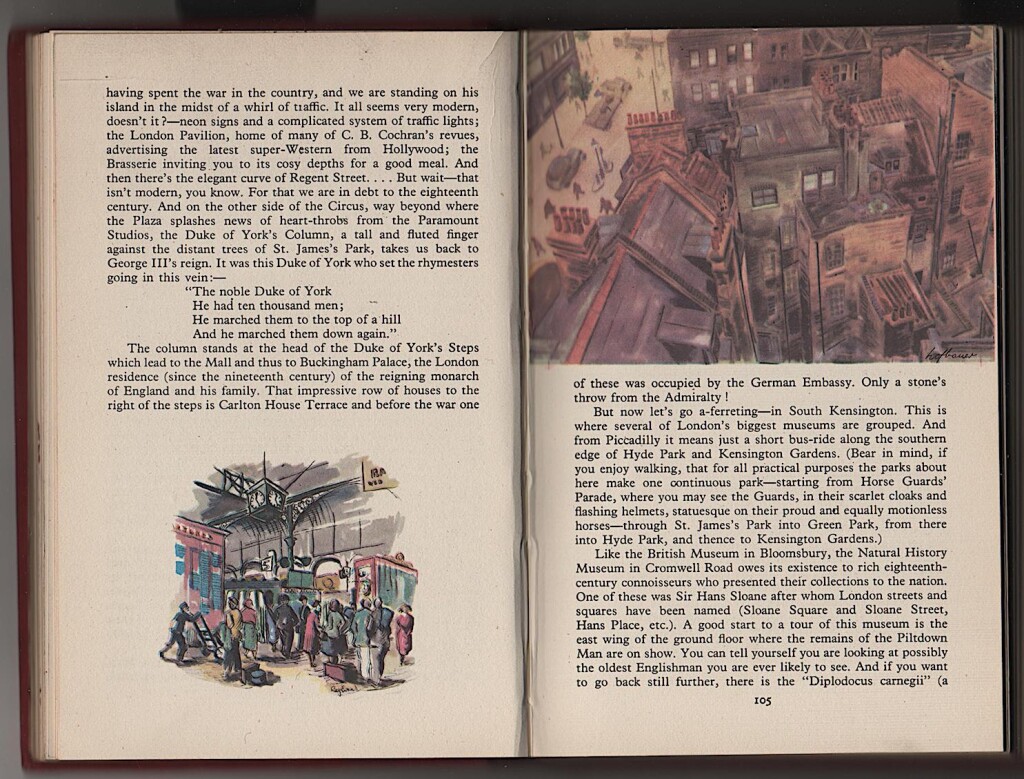
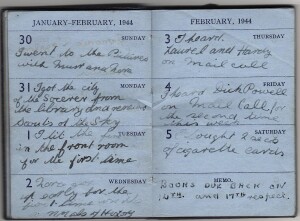

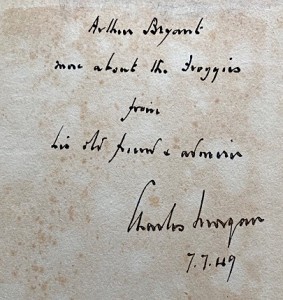
 This fragmentary, though fascinating Diary, that occupies a section of a tiny Address Book, was found in the Jot HQ archives. It records a visit to west Africa in the first few months of 1954 by an anonymous male diarist whose remark that Africa’s dry season of Harmattan was ‘our winter ‘ suggests that he may have been a native African or have had African heritage. He also mentions visiting his mother in Ghana. Moreover, a solo entry in the Address Book dated two years before the Diary mentions ‘ English lessons ‘, and the erratic spelling and awkward grammar of the Diary entries are also strongly suggestive.
This fragmentary, though fascinating Diary, that occupies a section of a tiny Address Book, was found in the Jot HQ archives. It records a visit to west Africa in the first few months of 1954 by an anonymous male diarist whose remark that Africa’s dry season of Harmattan was ‘our winter ‘ suggests that he may have been a native African or have had African heritage. He also mentions visiting his mother in Ghana. Moreover, a solo entry in the Address Book dated two years before the Diary mentions ‘ English lessons ‘, and the erratic spelling and awkward grammar of the Diary entries are also strongly suggestive.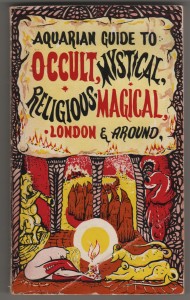
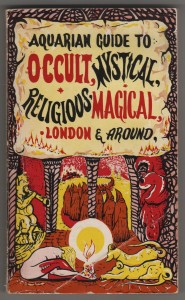
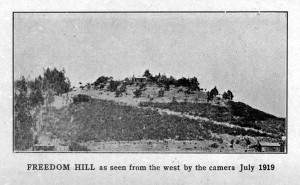
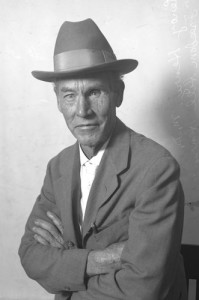
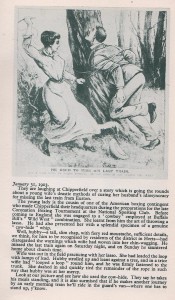

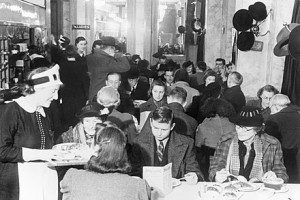 Leonard P Thompson, is a complaint about the ‘catchpenny ‘afternoon teas served up by typical road houses and other mediocre eating places.
Leonard P Thompson, is a complaint about the ‘catchpenny ‘afternoon teas served up by typical road houses and other mediocre eating places.